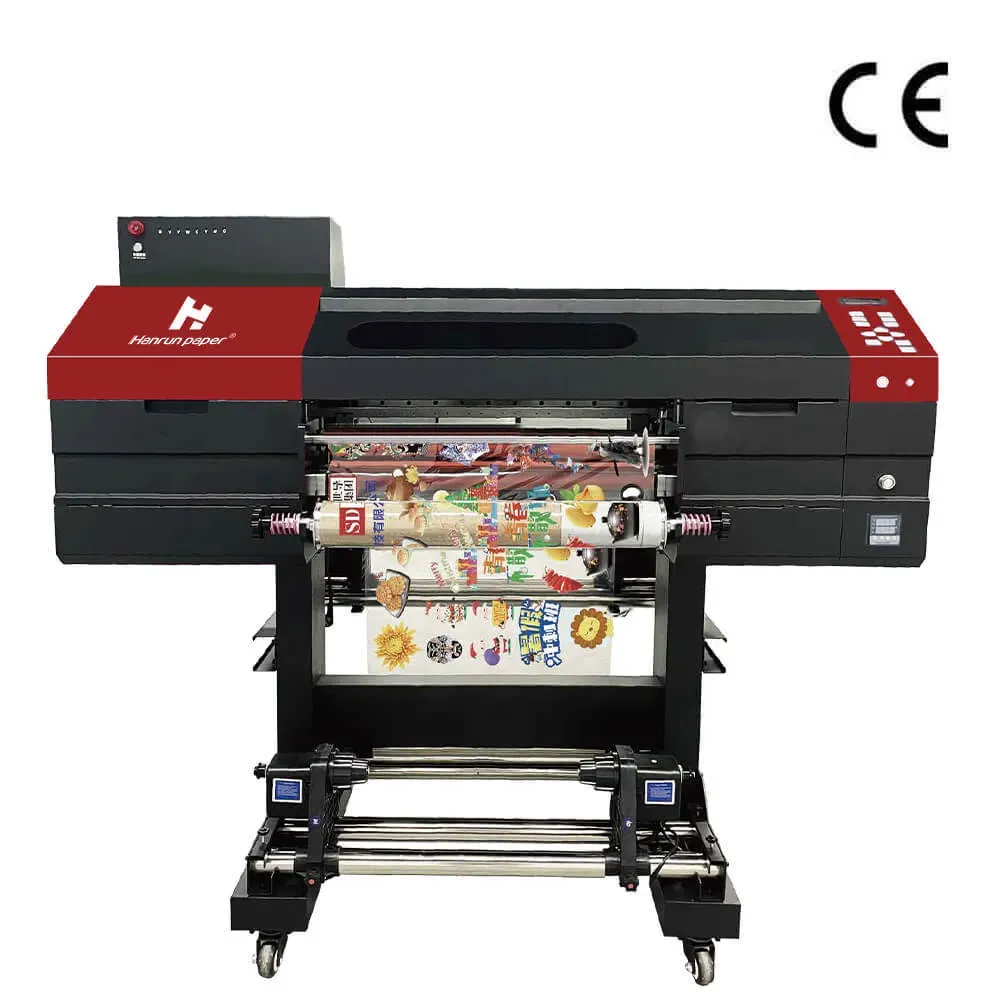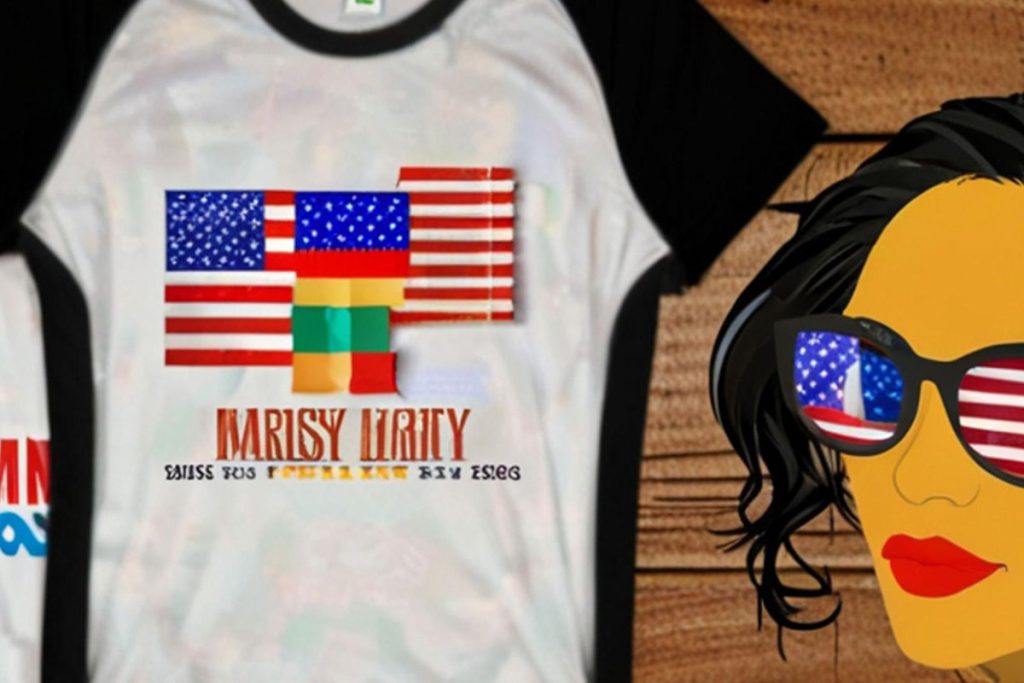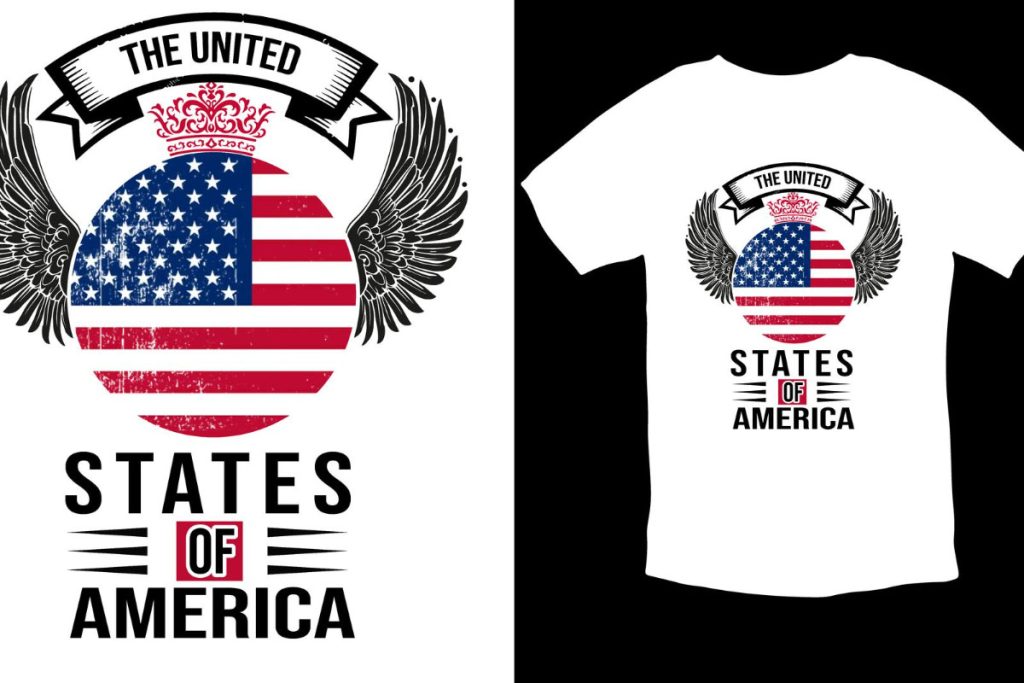In the ever-evolving landscape of printing technology, UV DTF printing stands out as a revolutionary method that is reshaping traditional paradigms. By utilizing UV-curable inks on a specialized transfer film, this innovative process allows for vivid and precise prints on a variety of surfaces, which traditional printing methods can struggle to match. The advantages of UV DTF are compelling, especially when contrasted with techniques like offset and screen printing, which often come with longer lead times and less flexibility. As businesses increasingly seek efficient and eco-friendly printing solutions, the environmental impact of printing also plays a crucial role in decision-making, further bolstering the case for UV DTF. This article will explore the intricate nuances of UV DTF printing, focusing on how it compares to traditional approaches and the benefits it brings to various industries.
UV Direct-to-Film printing, often referred to simply as DTF printing, represents a cutting-edge advancement in the realm of modern printing technologies. Known for its adaptability and rapid production capabilities, DTF technology allows for high-quality prints that are both vibrant and durable. When considering the ongoing printing technology comparison, it is essential to assess how DTF stacks up against long-established methods like screen and offset printing. Not only does DTF deliver exceptional color accuracy, but it also emerges as an environmentally friendly option in contrast to traditional techniques that may rely on harmful inks. This article delves into the versatility and efficiency of DTF printing, addressing its merits in printing applications and the ongoing dialogue surrounding the innovations in the printing industry.
What Sets UV DTF Printing Apart from Traditional Methods?
UV DTF printing distinguishes itself from traditional methods through its innovative approach to print application. Unlike offset or screen printing, which rely on extensive setup and preparation, UV DTF printing utilizes UV-curable inks on a specially designed transfer film. This allows for immediate application to a multitude of substrates, enhancing efficiency and reducing overall production time. The technology facilitates vivid color reproduction and intricate details that may often be compromised in traditional methods, making it a highly attractive option for businesses focused on quality and speed.
Moreover, traditional printing methods like screen printing often face constraints in terms of versatility, primarily limited to specific surfaces and materials. UV DTF, on the other hand, showcases remarkable adaptability, allowing prints to adhere effectively to hard surfaces such as wood, metal, and glass without requiring additional treatments. This capacity for diverse applications expands the creative possibilities for designers and businesses, enabling them to cater to a broader market in promotional and customized products.
Frequently Asked Questions
What are the main advantages of UV DTF printing over traditional printing methods?
UV DTF printing offers several advantages over traditional printing methods, including faster production speeds, reduced setup times, and the ability to print on a wider range of surfaces without the need for special treatments. Additionally, UV DTF printing uses environmentally friendly inks that produce lower levels of VOCs, making it a more sustainable choice for businesses.
How does UV DTF printing compare to traditional printing methods like offset and screen printing?
UV DTF printing stands out from traditional methods such as offset and screen printing primarily due to its efficiency and versatility. Whereas traditional printing often involves longer lead times and more intricate setup processes, UV DTF can quickly produce high-quality prints on diverse substrates, from fabric to metal, while offering vibrant colors and excellent detail.
What environmental benefits does UV DTF printing provide compared to traditional methods?
UV DTF printing is more environmentally friendly than many traditional printing methods. The UV-curable inks used in DTF printing emit fewer volatile organic compounds (VOCs) and typically result in less waste due to fewer ink changes, promoting a more sustainable printing process overall.
Are there any limitations of UV DTF printing compared to traditional printing methods?
Yes, while UV DTF printing offers high-resolution prints, it may struggle to replicate certain textural effects that are easily achieved with traditional methods like screen printing. Additionally, the initial cost of UV DTF printers can be higher, and they may require more technical expertise for maintenance.
How does UV DTF printing affect the durability of prints when compared to traditional printing techniques?
Prints created with UV DTF technology generally exhibit superior durability compared to those produced by traditional printing methods. UV DTF prints are highly resistant to fading, moisture, and scratches, making them an excellent choice for outdoor signage and items that undergo wear and tear.
What should businesses consider when deciding between UV DTF printing and traditional printing?
When choosing between UV DTF printing and traditional printing methods, businesses should evaluate factors such as production speed, substrate versatility, environmental impact, and overall costs. Understanding the specific needs of their projects, including the desired quality and durability, will help in making an informed decision.
| Feature | UV DTF Printing | Traditional Printing Methods |
|---|---|---|
| Process | Utilizes UV-curable inks on transfer film | Includes offset, screen printing, flexography |
| Speed | High-speed processing with quick setup | Slower setup times and multiple preparation steps |
| Environmental Impact | Lower VOCs, more sustainable | Higher VOCs from solvent-based inks |
| Versatility | Prints on various substrates without special treatments | Limited to specific surfaces and treatments |
| Durability | Highly resistant to fading and scratching | Susceptible to fading and damage over time |
| Initial Cost | Higher upfront investment for equipment | Generally lower initial costs but higher long-term expenses |
| Maintenance | Requires technical skills and regular upkeep | Typically simpler maintenance requirements |
| Textural Limitations | Less ability to achieve certain textures | Can easily replicate unique textures |
Summary
UV DTF printing is revolutionizing the printing industry with its innovative technology that offers speed, versatility, and environmental sustainability. This modern printing method uses UV-curable inks applied to a transfer film, allowing for vibrant, durable prints on various substrates. Unlike traditional printing methods, which often have limitations regarding speed, environmental impact, and material compatibility, UV DTF printing stands out as a more efficient and eco-friendly option. As businesses seek to adapt to evolving market demands, embracing UV DTF printing can lead to significant advantages, making it a preferred choice for many applications.



